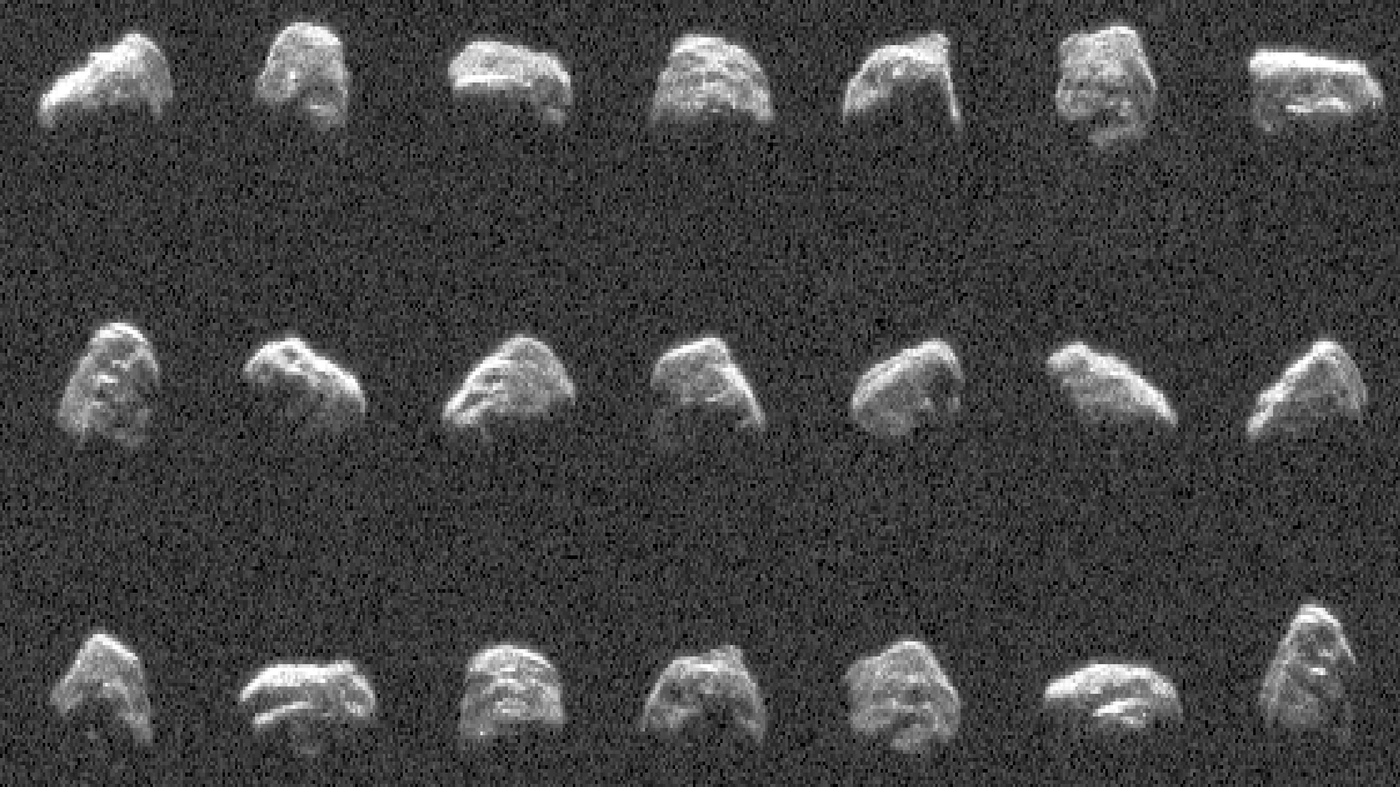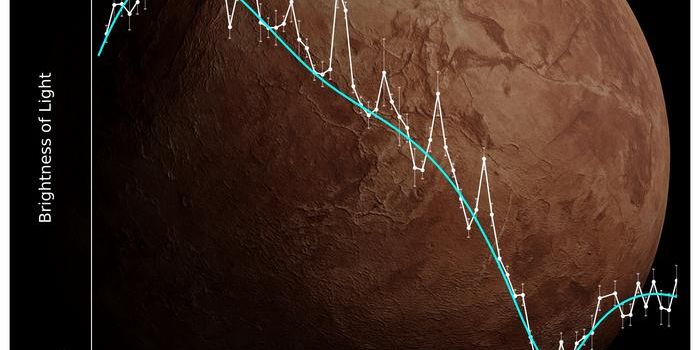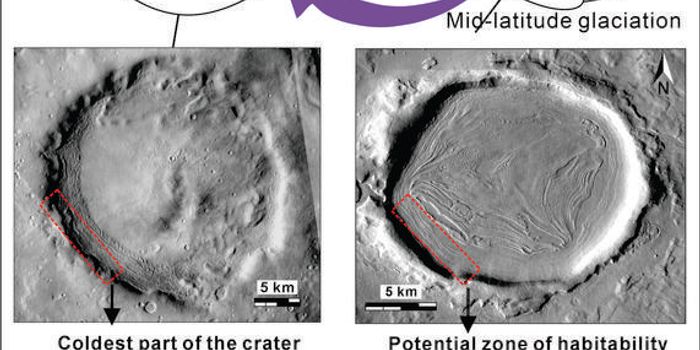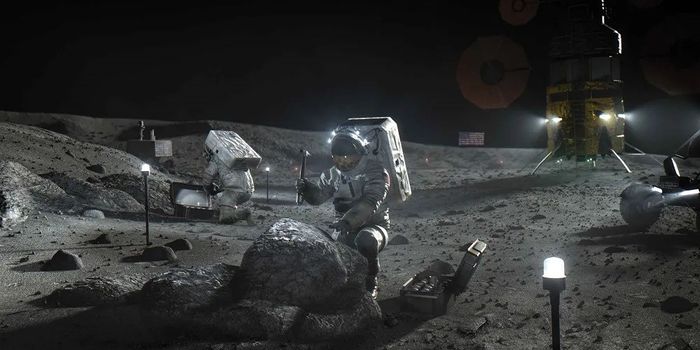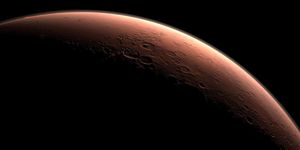NASA Tracks Two Asteroids During Close Approaches to Earth
The Earth has asteroids pass by all the time, known as near-Earth asteroids (NEAs), and NASA recently tracked two of them, identified as 2024 MK and 2011 UL21, which passed at distances of 184,000 miles (295,000 kilometers) and 4.1 million miles (6.6 million kilometers), respectively. For context, our Moon orbits 238,855 miles (384,400 kilometers) from Earth.
This means 2024 MK, which was measured at approximately 500 feet (150 meters) in diameter, passed inside the Earth-Moon orbit. In contrast, 2011 UL21 has been measured at approximately one mile (1.5 kilometers) in diameter, which would have caused significant damage if it impacted Earth.
Image of the 500-foot-wide (150-meter-wide) asteroid, 2024 MK, observed by NASA’s Deep Space Network, which made its closest approach to Earth on June 29 at approximately 184,000 miles (295,000 kilometers). (Credit: NASA/JPL-Caltech)
These findings, which were identified using the Deep Space Network, further exemplify how much debris is zipping around in the cosmos and the further need for identifying such objects to have early warning in case one is slated to impact Earth. Additionally, these surveys also help astronomers learn more about asteroids, specifically pertaining to what are known as binary systems, or two asteroids orbiting each other, as is the case with 2011 UL21.
“It is thought that about two-thirds of asteroids of this size are binary systems, and their discovery is particularly important because we can use measurements of their relative positions to estimate their mutual orbits, masses, and densities, which provide key information about how they may have formed,” said Dr. Lance Benner, who is a principal scientist at NASA JPL and who helped lead the latest surveys.
As their names indicated, 2011 UL21 was discovered in 2011 while 2024 MK was discovered only 13 days before its close approach, but studying these two asteroids could provide clues into the formation and evolution of the solar system.
What new near-Earth asteroids will researchers find in the coming years and decades? Only time will tell, and this is why we science!
As always, keep doing science & keep looking up!
Sources: NASA JPL
